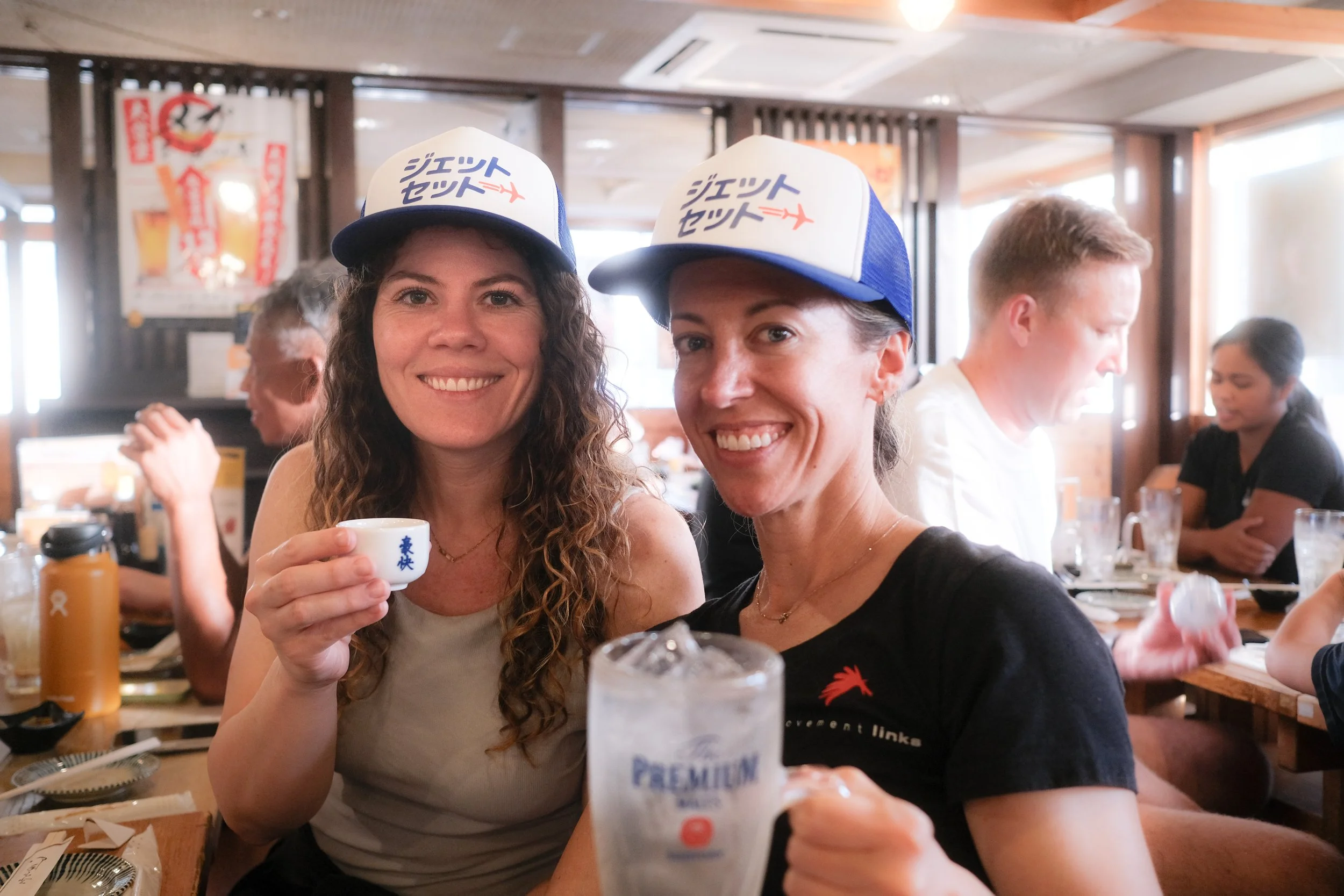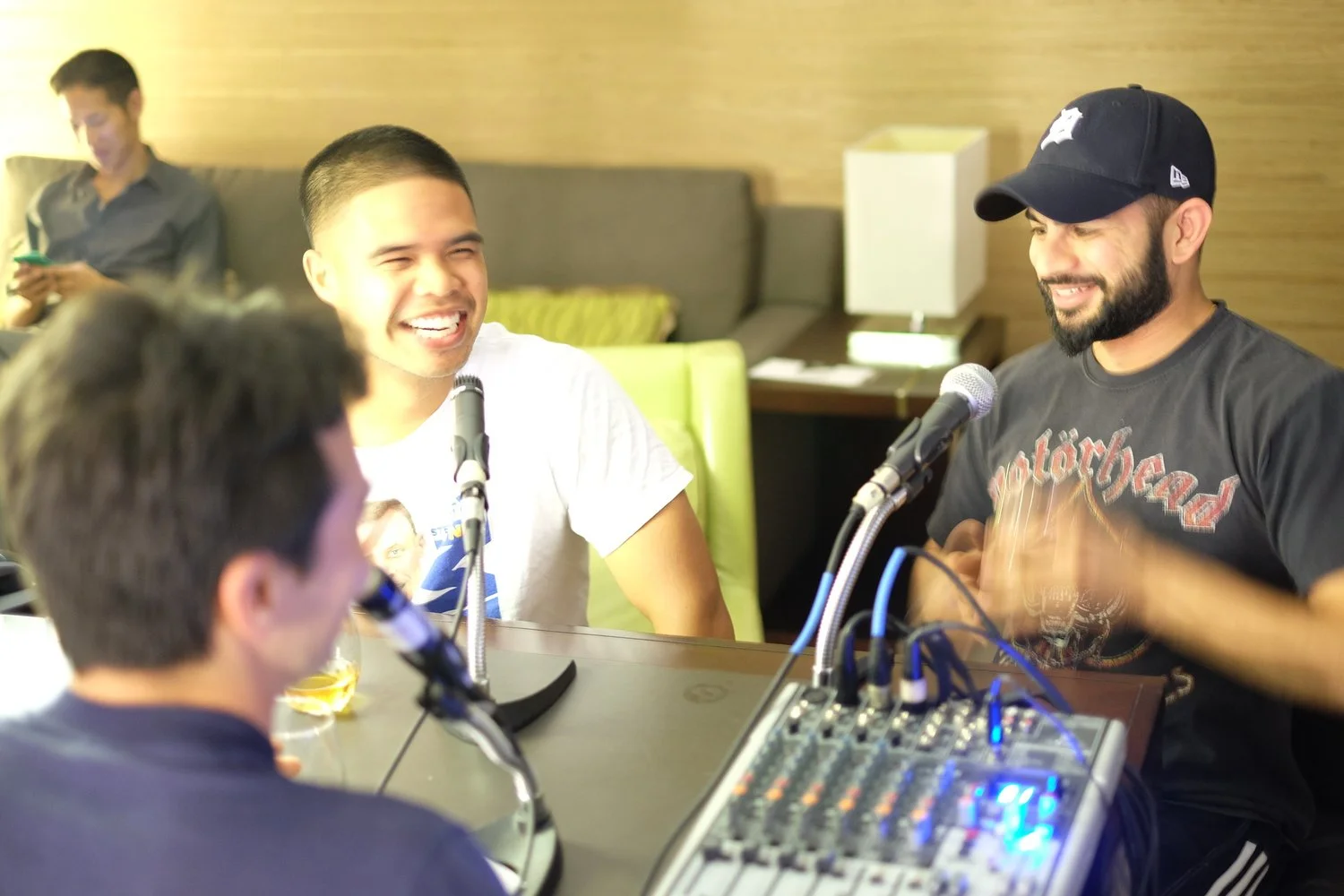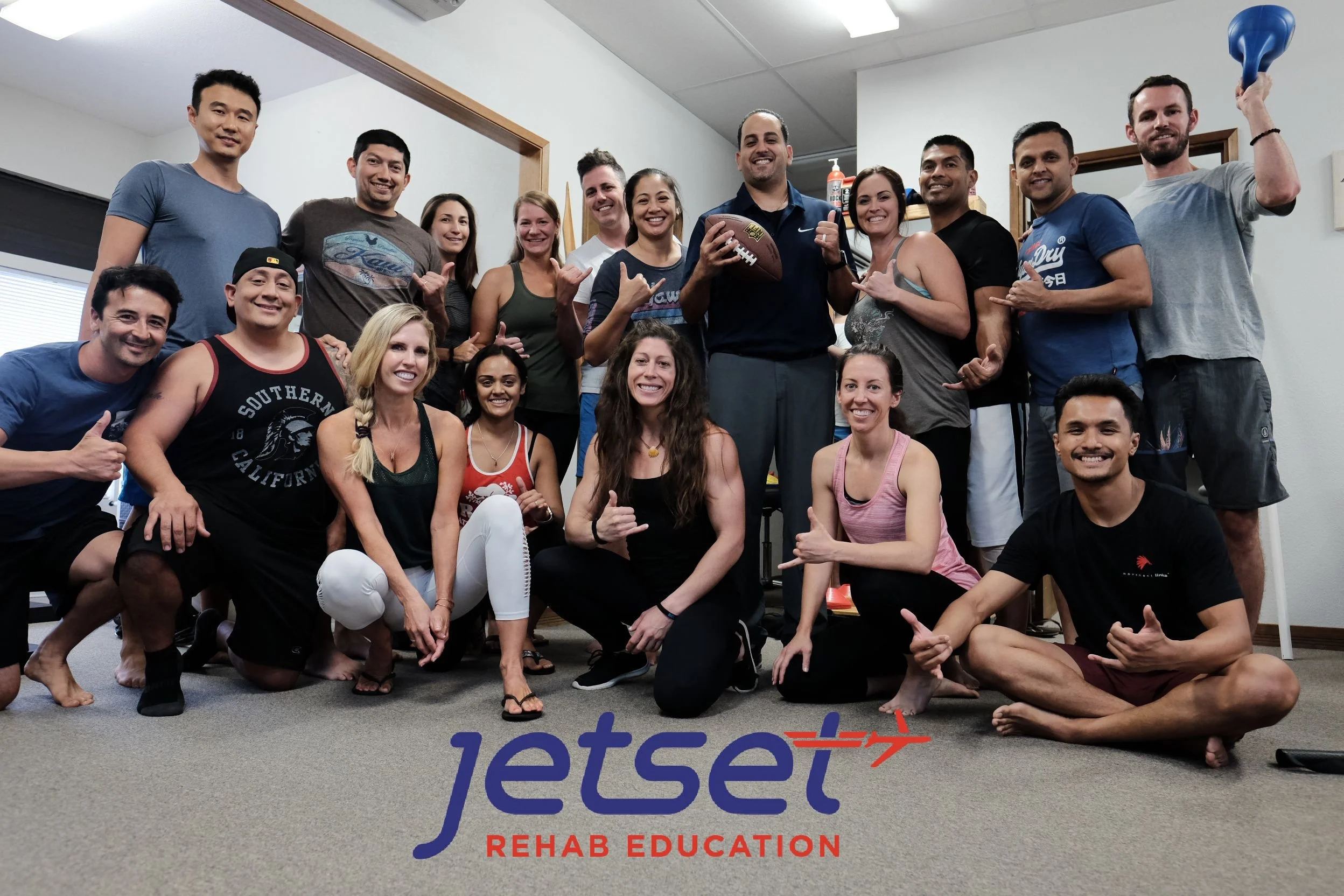Instructor Interview: Irene Davis, PhD, PT, FAPTA, FACSM, FASB
Since seeing Irene Davis speak in 2011, we have been a big fan of her work. We are very pleased to have Ms. Davis on our team this summer in Las Vegas. Below is her interview based on you, our readers and students' questions from twitter, emails, and Instagram. comments. Enjoy the interview and please check out our class with her this June.
Check out her website for more information: www.runsnrc.org
What led to to become a PT? What led you to continue to progress to a PhD?
I wanted to combine physical activity and medicine in some way that had a noble purpose
How did you get involved with running research?
I was interested in lower extremity mechanics and injury and Penn State University had one of the top doctoral programs in biomechanics. Peter Cavanagh was a pioneer in the area of running mechanics and I was interested in combining my clinical background with biomechanics.
In your opinion, what are the key advancements in running research up to this point and in the last 2 years?
I believe we are developing a body of research that links mechanics to injuries in runners. This provides a foundation upon which to base new treatments on, such as gait retraining to alter these faulty movements. New mobile technology is allowing us now to monitor gait patterns out in the real world, which will provide us with more ecologically valid data. Additionally, we will be able to provide feedback to the runner out in their normal environment.
What do you consider prior to prescribing running shoes or prescribing one to run barefoot/minimal footwear?
We were provided everything we need to walk and run without the assistance of motion control and cushioning. I believe the more we allow our amazing, incredible feet, with 26 bones, 33 articulations and 4 layers of arch muscles, to function as they are designed to, the stronger they will become, the more they will contribute to our gait and the less we will be injured. Therefore, I believe most runners, if given the proper transition, can run well in minimal shoes.
They say that Rehab specialists have to be knowledgeable in science but also the art of dealing with patients. Can you speak to a time when you had to use the artistic side of rehab to get a pt. better?
We incorporate this into every patient we treat. Most every runner we see is passionate about their running. Therefore, when they are derailed by an injury, we understand and acknowledge that it affects more than their physical state. We believe empathy is one of the most important characteristics ofa successful rehab specialist. We ask every patient what their goal is ….and (within reason), their goal is our goal. We work to achieve small quick successes to move things in a positive direction for them.
Can you recommend a rehab practitioner for us to explore the work of? It can be a person long admired or recently discovered.
I believe Shirley Sahrmann, a pioneer in movement disorders is the quintessential rehab practitioner who I have long admired. While she is always open to learning, the concepts about movement that she developed many years ago are still true today.
What can a rehab specialist expect to gain by attending one of your lectures?
I will present an innovative approach to the injured runner that is based on evolution and the concepts of well-aligned soft landings. Both evaluation and treatment will be covered and evidence for the approaches discussed will be provided.
Thanks to Irene Davis, PhD, PT, FAPTA, FACSM, FASB for talking with us. We hope to see you in Las Vegas.








